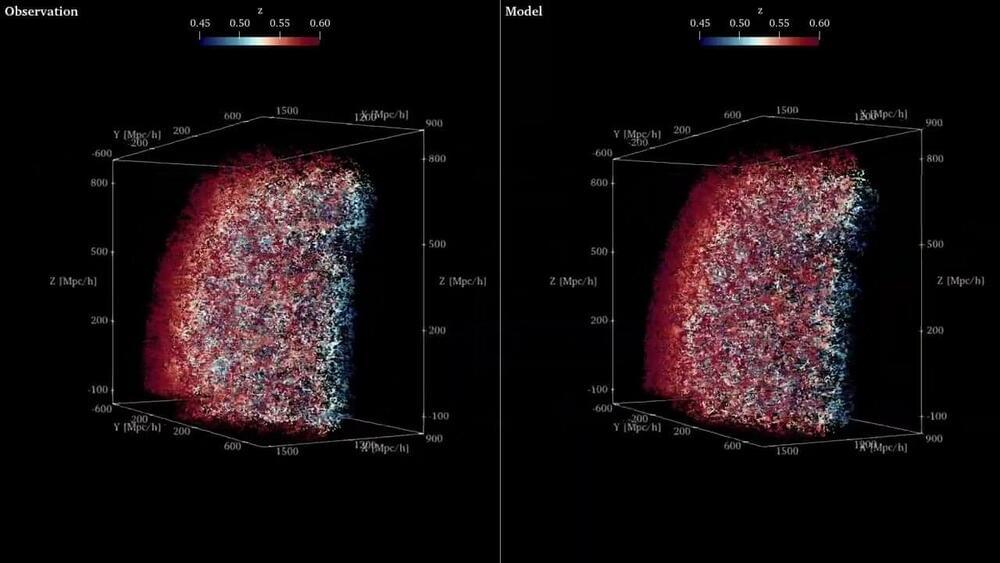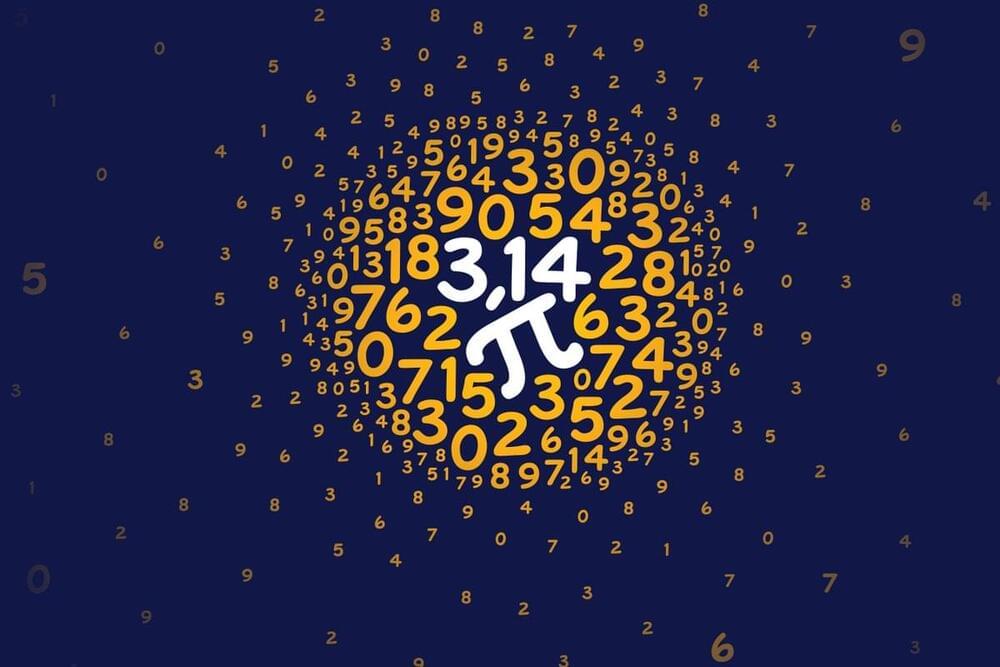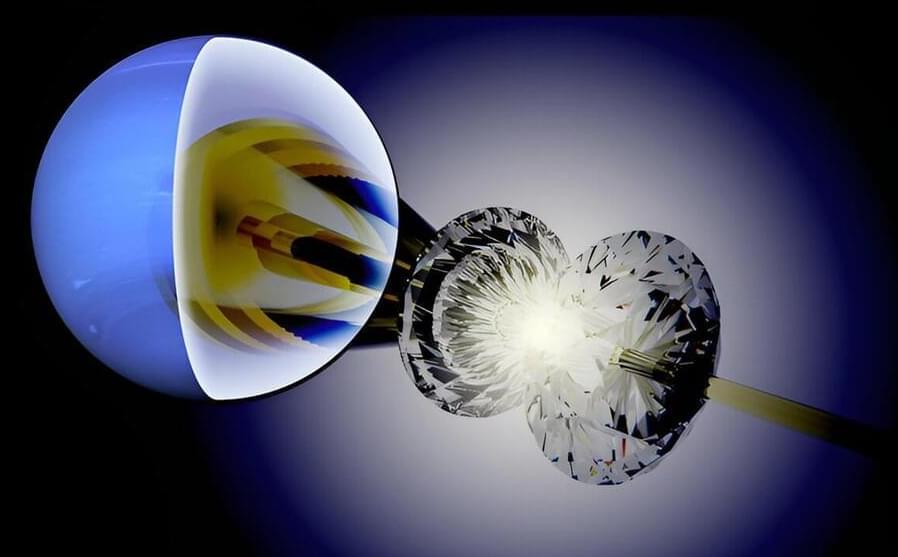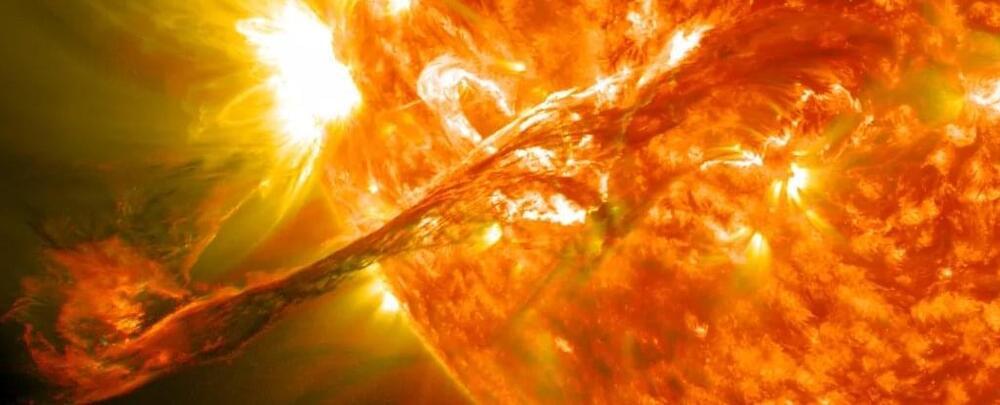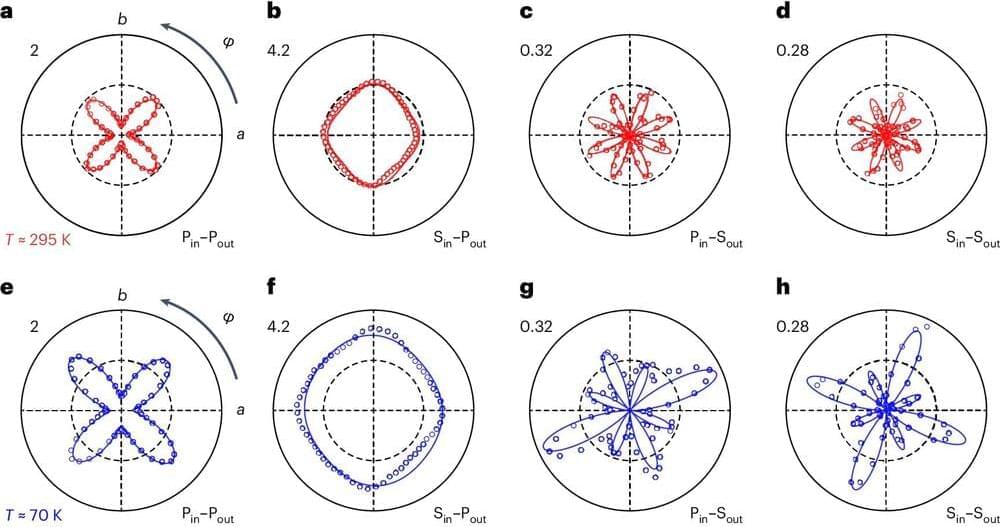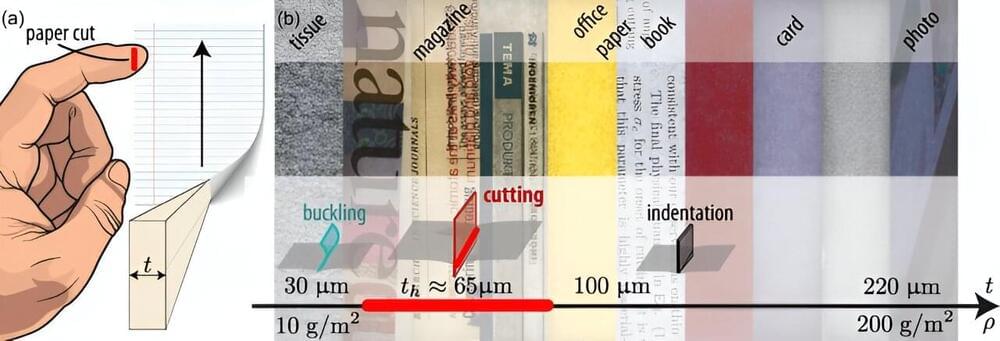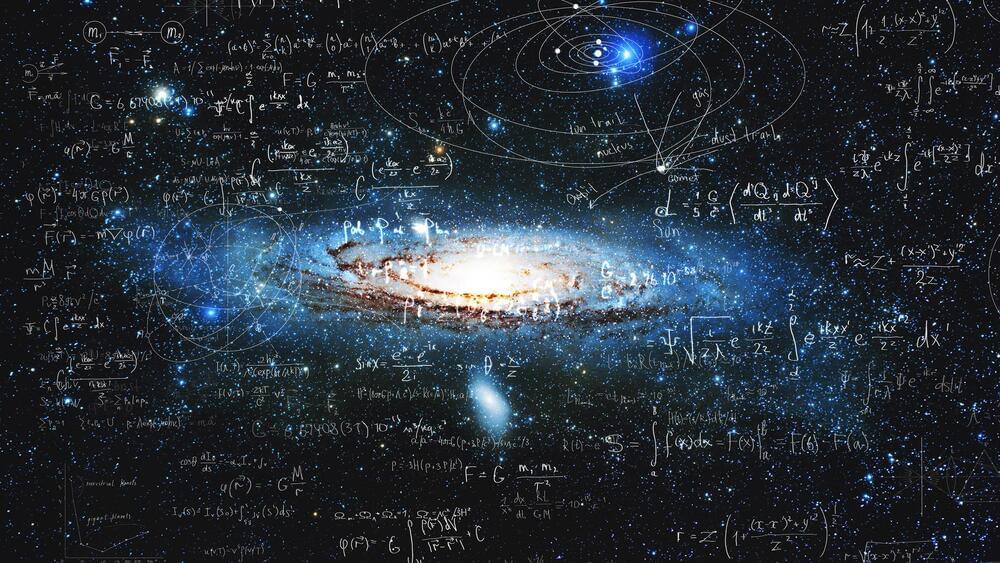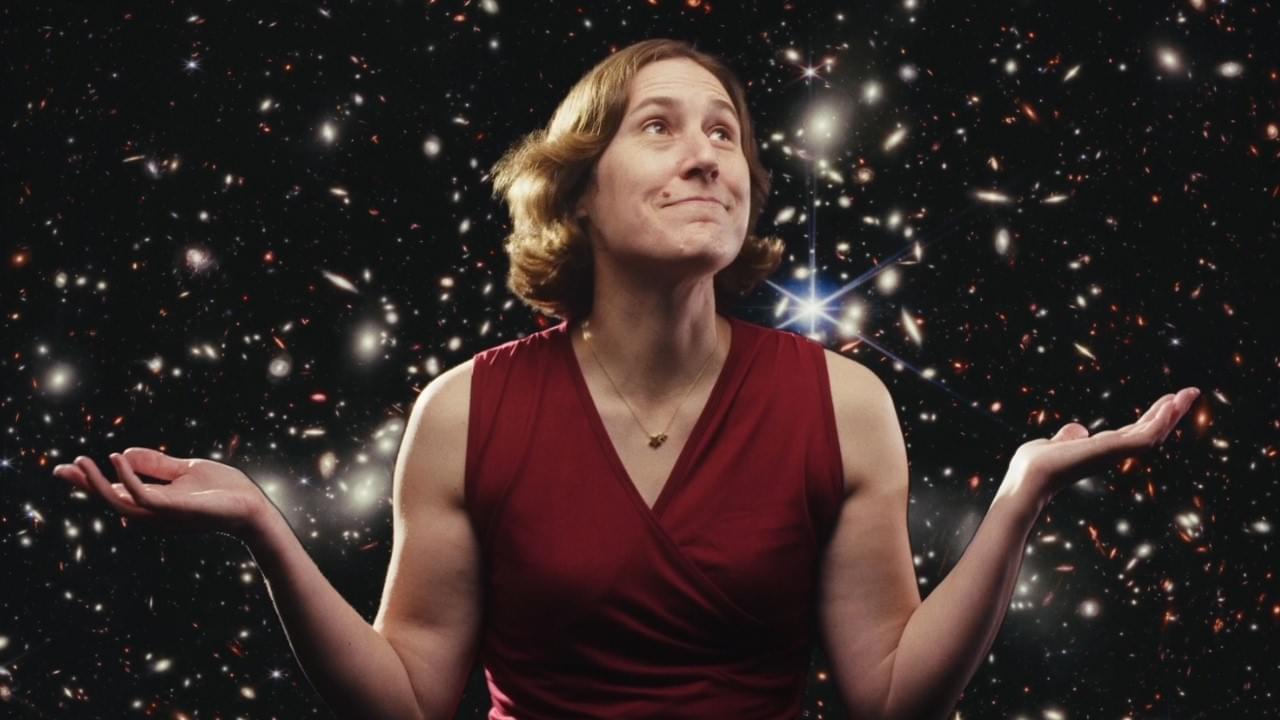Aug 31, 2024
Astrophysicists use AI to precisely calculate universe’s ‘settings’
Posted by Shailesh Prasad in categories: physics, robotics/AI, space
The standard model of the universe relies on just six numbers. Using a new approach powered by artificial intelligence, researchers at the Flatiron Institute and their colleagues extracted information hidden in the distribution of galaxies to estimate the values of five of these so-called cosmological parameters with incredible precision.
